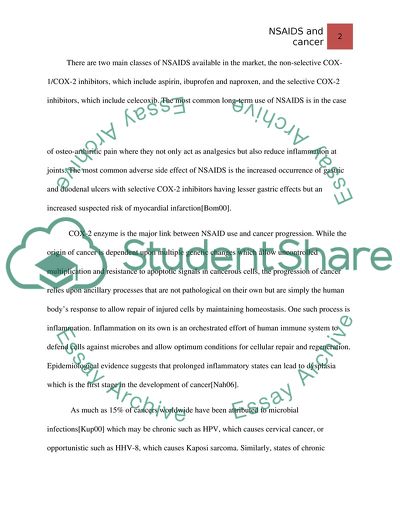Cite this document
(Cancer biology Essay Example | Topics and Well Written Essays - 2000 words, n.d.)
Cancer biology Essay Example | Topics and Well Written Essays - 2000 words. Retrieved from https://studentshare.org/health-sciences-medicine/1787708-cancer-biology
Cancer biology Essay Example | Topics and Well Written Essays - 2000 words. Retrieved from https://studentshare.org/health-sciences-medicine/1787708-cancer-biology
(Cancer Biology Essay Example | Topics and Well Written Essays - 2000 Words)
Cancer Biology Essay Example | Topics and Well Written Essays - 2000 Words. https://studentshare.org/health-sciences-medicine/1787708-cancer-biology.
Cancer Biology Essay Example | Topics and Well Written Essays - 2000 Words. https://studentshare.org/health-sciences-medicine/1787708-cancer-biology.
“Cancer Biology Essay Example | Topics and Well Written Essays - 2000 Words”. https://studentshare.org/health-sciences-medicine/1787708-cancer-biology.


